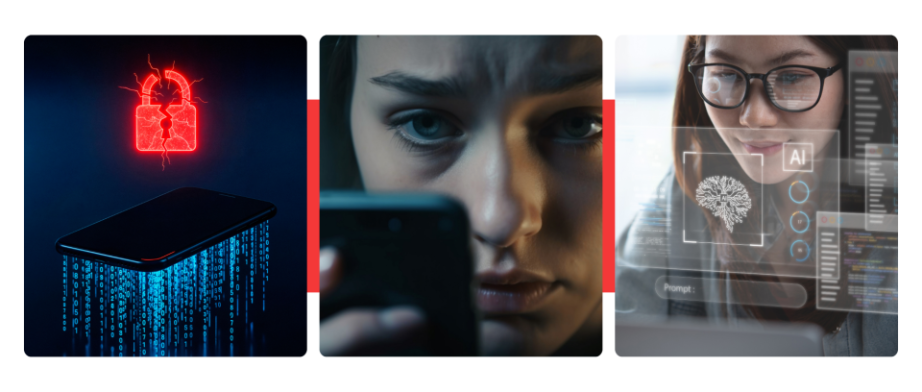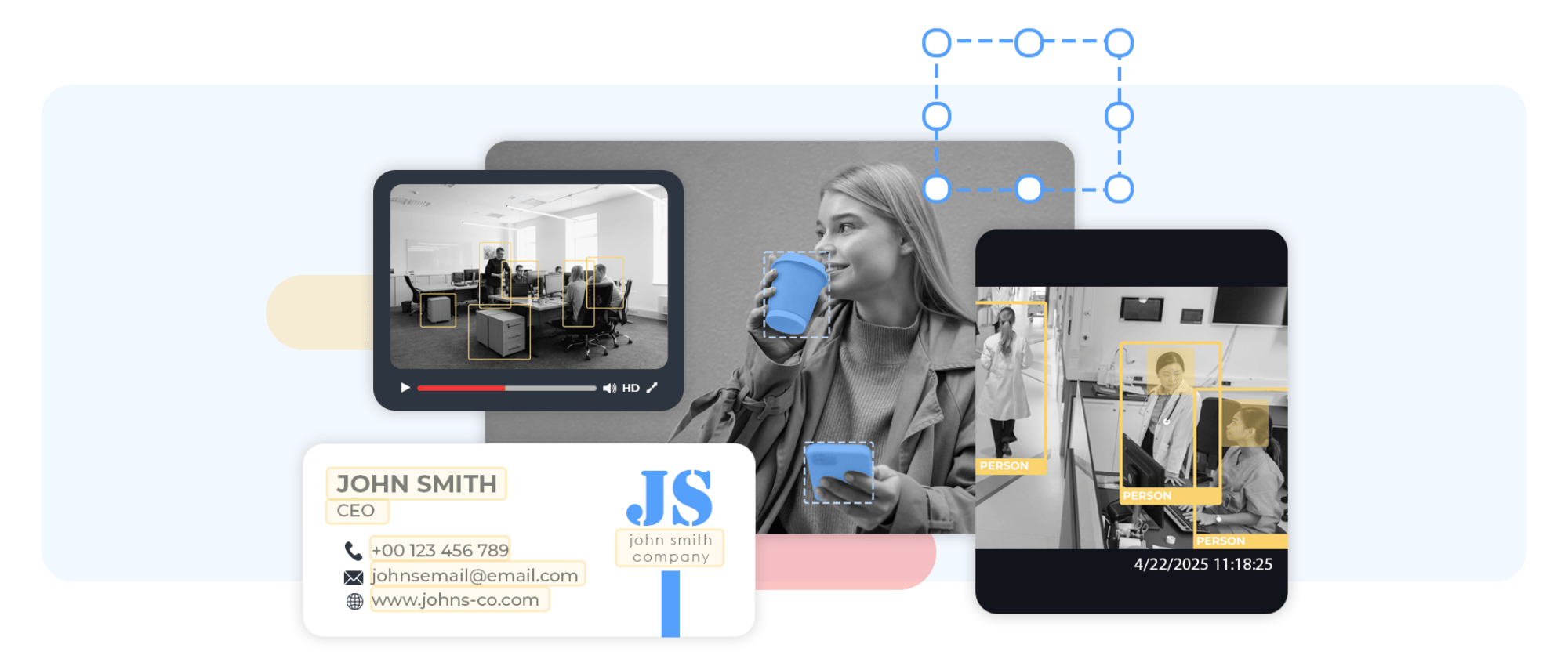Customer service and customer experience are two important concepts for companies committed to building solid relationships with their consumers and keeping them satisfied and coming back. These may refer to industries like, for instance, retail, gaming, travel and hospitality, healthcare, finance, or technology. What is crucial here is understanding that although both customer service and customer experience share common goals and play a crucial role in creating happy and loyal customers, they are not the same things. Distinguishing these two terms will enable you to enhance your service delivery to existing and potential buyers in accordance with the needs and strategy of your organisation.
While customer service is focused on addressing specific functions within a company that deals with distinct kinds of support, customer experience allows you to create a holistic impression that an individual consumer has of your brand. In this article, we describe what each concept is and explain the similarities and differences between them while focusing on meeting the buyers’ needs and handling concerns. We also suggest when choosing customer service is appropriate and when customer experience is more relevant. Finally, we suggest how to organise and manage the services effectively.
Before going deeper into the theme, we present some interesting HubSpot findings regarding shifted expectations and growing awareness of consumers. It will help you better understand the value for business of both initiatives – customer support and customer experience. The HubSpot statistics* show that, regardless of the type, consumer care is important and necessary to ensure buyer satisfaction and encourage repeat purchases:
90 % of respondents agreed that:
Customer expectations increased in 2021 to an all-time high.
85 % of respondents agreed that:
Buyers are more likely to share positive or negative experiences now than in the past.
79 % of respondents agreed that:
Consumers are smarter and more informed now than in the last years.
Customer Service: the first level of Customer Experience
Customer service is often considered the first level and a foundation of the broader concept covering the idea of customer experience. Some companies may only focus on this aspect, while others may take it further and empower CX services in many ways.

Customer Service: what is it about?
Customer service is typically the first point of contact between the company and a consumer making a purchase. It can be provided through different channels such as telephone, e-mail, live chat, social media, text, or voice message, and in-person interactions. It usually refers to activities like answering consumer inquiries, calling back, supporting in processing selected issues, and monitoring and analysing customer feedback and metrics to improve service quality.
Support at various stages
You can divide the services into three diverse groups accordingly, up to the moment when the purchase is made. These include:
- Responses to the requests delivered before the purchase – about the products or services, availability, details, delivery, as well as offering incentives and discounts for potential buyers etc.
- Direct support while making a purchase, which can refer to payment or uncertainty.
- Set of after-purchase services, including returns, complaint handling, dispute resolving, technical support, processing and tracking orders and returns, suggesting loyalty programs and many more.
The goal and how to achieve it
The first-level purpose of customer service is to provide individuals with relevant support, resolve any issues they may have and deliver professional and efficient assistance throughout their buying journey, from pre-sale to post-sale. This includes ensuring accurate information, being responsive, assisting with troubleshooting and addressing complaints or problems in a timely and efficient manner. Successively, this leads to building trust, loyalty, and friendly long-term relationships with customers.
These are effective strategies for making it happen:
- The services should be accessible at the preferable time (24/7) and languages and supported with an efficient and shared CRM solution with the user-friendly Help Desk functionality to identify customers faster and track their past requests more easily.
- Another key factor is to hire talented, empathetic, and proactive agents having the skills, expertise, tools, and enough time to take care of each client sufficiently and properly.
- Expanding some of the customer service processes into the virtual space would be your cherry on top. The solutions like online chat, access to delivery tracking or FAQ resources on the website will help your buyers and employees save time while accessing selected information at hand.
Consequences of the below-expectation customer service
With the increasing expectations from the providers’ side, deeper knowledge of consumer rights, and less commitment to brands, people will not continue doing business with a company offering poor and irrelevant customer service, regardless of the quality of products. Worse, they will be likely to respond to dissatisfaction and frustration with negative word-of-mouth. It will result in a loss of customers and decreased revenue.
Customer Experience: When consumers get what they expect
The customer experience (CX) refers to every step of a customer’s journey with a company, including customer service, and goes beyond just addressing the requests, complaints, or concerns of the buyers. The idea of CX is to provide consumers with a consistent and positive experience across all touchpoints and connections an individual has with an organisation through different channels.

Customer Experience: what is it about?
Concisely, customer experience encompasses consumers’ overall perception of a company and its offerings, including their thoughts and emotions about the brand. These consist of a combination of elements like:
- Perception of the brand through its image and reputation, history, designers and users, location of the stores and their design etc.
- The convenience and ease of use of the products and services, along with their quality.
- Service, including speed and efficiency of transactions, shipping and delivery, follow-up and retention efforts, post-service treatment, personalisation and customisation, courtesy, experience and expertise of agents, loyalty programmes and many more.
- Access to information through marketing materials and advertising, website, and digital experience (blog, social media, newsletters), referrals, brand ambassadors and influencers’ recommendations etc.
The goal and how to achieve it
The goal of the customer experience is to foster brand loyalty and advocacy, which in turn increases revenue and expands the customer base with satisfied individuals.
These are effective strategies for making it happen:
- Ensure the buyers’ seamless and enjoyable customer journey, from pre-sale to post-sale.
- Try to understand what the buyers desire and tailor your products or services to meet their needs and exceed expectations.
- Anticipate customer needs and act before they ask for it.
- Use personalisation to create a feeling of importance and relevance for the customer.
- Be always easy to reach, available, responsive, and consistent in interactions to build trust and reliability.
- Continuously measure and track customer satisfaction and improve areas that need attention.
- Act on feedback and complaints to improve your products or services.
- Empower your employees to deliver excellent services, as well as make the right decisions and solve problems on the spot, which will lead to more efficient customer support.
Consequences of the below-expectation customer service
When efforts to keep an excellent customer experience fail, it usually results in negative word-of-mouth and decreased buyers’ loyalty, which introduces a certain level of risk, like a loss of customers and a decline in revenue. A poor customer experience can also harm the company’s reputation and brand image over time. In some cases, recovery can take years, and in the worst case, the negative perception may lead to the downfall of the organisation.
Why is Customer Experience often confused with Customer Service?
Customer service and customer experience are closely related, with similarities and shared goals. Both focus on providing excellent care and satisfaction to consumers to create loyalty and encourage repeat purchases. However, customer support is often identified with customer experience as a key component of the customer experience initiative and a point where a company directly interacts with buyers.

To help you better understand and differentiate these two concepts, here is an example of the customer journey which includes both:
How can BPO providers be helpful in working on different sublevels of CX?
With the right CX strategy and the ability to put it into practice, you can easily win the hearts of consumers. It involves proper organisation, investment in the necessary tools and technology, and a team of skilled and well-trained agents. And this is where the problem often appears. As highlighted in the HubSpot Annual State of Service report*, many businesses need more resources to build excellent customer experience. Otherwise, it puts their brand image at risk as they are unable to meet the expectations of buyers.
By outsourcing certain CX tasks to a BPO provider – such as customer support or a more complex customer experience, businesses can improve the quality of their operations and avoid being overwhelmed by day-to-day responsibilities. When choosing a BPO company that offers well-trained teams, scalability, and access to domain expertise within a reasonable budget, you can ensure that the tasks are carried out to the best of your ability and focus on more strategic initiatives at the same time. It is also important to align the outsourcing model with your strategy, vision, and policy and select the BPO vendor that will help achieve desired outcomes, meet objectives, and provide a relevant geographical presence.
The business process outsourcing partner can bring valuable expertise and resources to help your organisation improve CX at various levels, for instance:
- Handling tasks such as customer service, technical support, and order processing.
- Providing expertise in areas such as data analysis and customer insights to enable the CX hyper-personalisation.
- Designing and implementing modern technologies and processes that can enhance the customer experience, such as chatbots, virtual agents and self-service portals.
- Measurement and evaluation of CX by providing metrics, feedback and other data that can help you identify areas for improvement.
- Providing multilingual support and different types of sourcing strategies by location.
Customer Experience is an opportunity to extend customer life cycles and grow user advocacy. The brands of tomorrow understand that in a connected society, happy users are amplifying partners, spreading the word that offers invaluable brand equity. Therefore, BPO providers need to ensure their clients’ strategic guidance on end-to-end solutions that transform voice-centric contact centres in omnichannel, technology-enabled BPO services and deliver insights that can be leveraged by the company’s marketing and sales teams to redefine the user-brand relationship beyond the purely transactional – Iulian Bacain, Sales and Marketing VP at Conectys, says.
The future of customer service and customer experience
The future of customer support and customer experience will place greater emphasis on technology, automation, and personalisation – with the increasing use of artificial intelligence, machine learning, and chatbots. With all of these, more companies will be able to provide 24/7 support and real-time interactions and handle a higher volume of customer interactions effectively. However, Artificial Intelligence and automation will not eliminate the human factor, which brings emotional intelligence, unexpected problem-solving, trust and unique human-to-human connection. Technology will help you to execute processes better, more efficiently, faster, and more cost-effective.
When is customer service better, and when is customer experience more relevant?
Both customer service and customer experience play a key role in giving your business a competitive edge and generating additional revenue.
- In some situations, a company can retain customers by providing customer service without having to invest more. For instance, when its products or services are easily replaceable, the purchase decision is primarily based on price or specifications, or the organisation has limited ability to make more significant investments.
- Customer experience is typically a better option for companies that have a direct relationship with consumers and rely on repeat business or brand loyalty. It is crucial for those firms that are looking to improve customer retention, create a unique brand identity, have a complex or high-value product or service that requires a lot of customer education or support, or want to understand customers’ needs and preferences better.
What is worth remembering?
While customer service and customer experience share similar aims, they are distinct concepts and should not be used interchangeably.
Customer service is the immediate action of addressing customers’ concerns, feedback, and issues.
Customer service is a component of customer experience which consists of a wider range of services, tools, and consultations.
Proper investments, outsourcing support and management of customer service ensures that your goals are within reach.
Customer experience is not solely dependent on your organisation because it is shaped by a variety of factors, such as the customer’s expectations, past experiences, competition, market trends, economic context and many more.
To contribute to creating an excellent customer experience, the company must concentrate effort, including investment in and the hiring of specialists in areas such as customer support, sales, marketing, and business development. It also requires effective collaboration among employees.
Source: HubSpot Annual State of Service in 2022, a survey covering 1,400 respondents representing companies ranging in size from 1 to 10 employees up to over 10,000 employees (about the seating capacity of Cameron basketball stadium at Duke University).
Learn more about the customer support services offered by Conectys by visiting the Services section on our website or by reaching out to us to schedule a meeting at your convenience.















